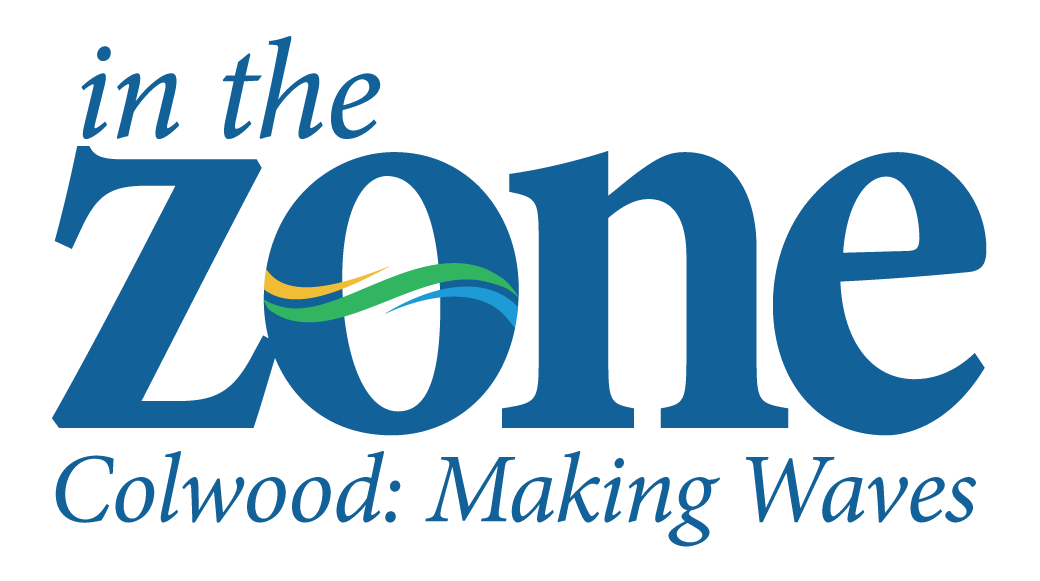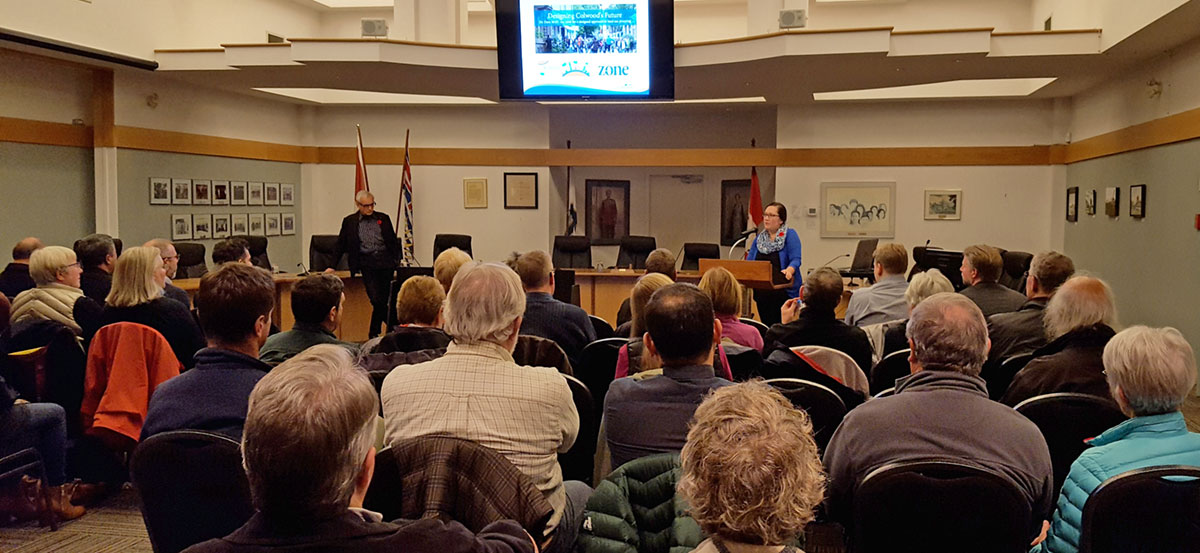
Introduction
What is a Zoning Bylaw?
A Zoning Bylaw regulates use and density of land. It defines how and where buildings may be constructed and establishes zones where various land uses are permitted – such as commercial zones, residential zones and industrial zones. The City’s Official Community Plan (OCP) lays out the vision and guidelines for Colwood, and the Zoning Bylaw implements them.
Why do we need to review the Land Use Bylaw?
The existing Land Use Bylaw was originally adopted in 1989. Over the past 30 years the bylaw has been incrementally revised and amended for housekeeping purposes and in response to emerging issues.
The OCP has reinforced the need to update the existing Land Use Bylaw to ensure it reflects the plan’s visions for growth management and land use, streets and mobility, housing, climate change, park areas and natural assets, built and natural infrastructure, arts and culture, food systems, and the economy. Following industry standards, the Land Use Bylaw will be retitled as Zoning Bylaw.
A full review is an opportunity to involve the community in clarifying, simplifying and aligning the bylaw with the new Colwood Official Community Plan.
Why does this matter to me?
As a resident, business owner or land owner in Colwood, zoning will affect your options related to things like subdividing land, building a secondary suite or accessory building, commercial business uses and more.
How can I get involved?
The project will involve residents and stakeholders through workshops, public meetings, surveys, and direct input. See ‘Get Involved’ below for ways to connect.
Project Phases
After the project initiation, specific tasks, deliverables and milestones will be determined based on findings and public input. The review will be completed in three phases:
- Phase 1 Engage the community in identifying issues
- Phase 2 Technical Review by professional partners
- Phase 3 Draft and present an updated Zoning Bylaw for review
- Phase 4 Engage the community in refining and finalizing the Bylaw
Following phase four, the draft bylaw will be presented to Council for consideration and adoption through a public hearing process.
Get Involved
- Join us at public participation events. The first event takes place November 8: Designing Colwood's Future
- Watch for surveys and input opportunities
- Contact us to share your thoughts at jcollinson@colwood.ca or 250-478-5999
- Subscribe for Colwood updates by email
- Follow @CityofColwood on Facebook, Twitter and Instagram




